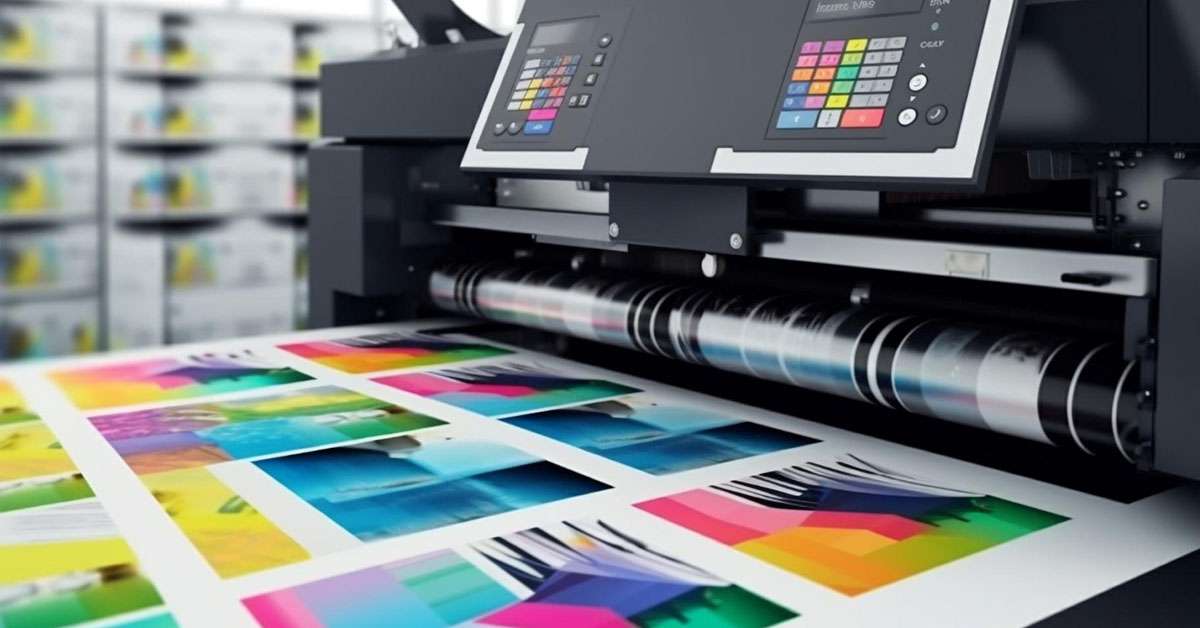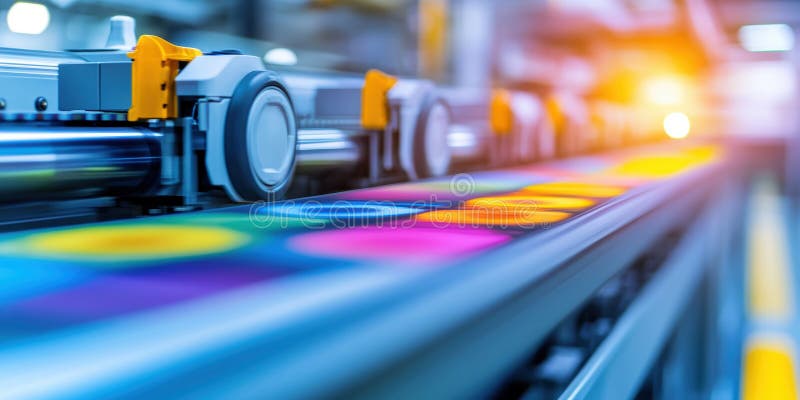In the dynamic world of printing, offset printing and digital integration have become pivotal. They represent the fusion of traditional and modern techniques, offering businesses innovative solutions for their printing needs. This article delves into how these two methods work together, creating opportunities for efficient and high-quality print production.

Understanding Offset Printing
Offset printing is a traditional printing method where an inked image is transferred from a plate to a rubber blanket, and then to the printing surface. This process is renowned for producing high-quality prints with rich colors and crisp details. It is ideal for large-volume projects such as theater programs and photography books.
Advantages of Offset Printing
Some benefits of offset printing include cost-effectiveness for large runs, consistent high image quality, and a wide range of printing surfaces.
Exploring Digital Printing
Digital printing, on the other hand, involves printing digital-based images directly onto a variety of media. Unlike offset, it does not require printing plates, making it perfect for short runs and quick turnarounds. Digital printing is often used for projects like nonprofit organization materials and product catalogs.
Benefits of Digital Printing
Digital printing is known for its flexibility, reduced waste, and the ability to easily customize prints with variable data.
Integrating Offset and Digital Printing
The integration of offset printing and digital printing combines the strengths of both methods. This hybrid approach allows businesses to maximize efficiency, reduce costs, and maintain high quality. It’s particularly beneficial for projects requiring both large-scale production and customization.
Case Studies of Successful Integration
- Theater Programs: By integrating offset and digital methods, companies can produce large volumes of theater programs while customizing specific sections for different audiences.
- Photography Books: High-quality photographic prints can be achieved using offset, with digital printing providing options for limited editions with personalized features.
Technological Innovations
Technological advancements have made it possible to seamlessly integrate offset and digital printing. Modern printing presses are now equipped to handle both types of printing, ensuring a smooth transition and superior output.
Environmental Considerations
Both offset and digital printing have made strides in becoming more environmentally friendly. Offset printing now uses eco-friendly inks and recycling processes, while digital printing reduces waste and energy consumption.
How Businesses Can Benefit
By adopting this integrated approach, businesses can offer clients more options, improve turnaround times, and reduce their environmental footprint.
Choosing the Right Printing Method
When deciding between offset and digital printing, consider the project size, budget, and desired quality. Each method has its strengths, and understanding these can lead to better decision-making.
Expert Insights
Industry experts suggest that businesses should not view these methods as competitors but as complementary techniques that, when used together, can significantly enhance production capabilities.
Future of Printing
The future of printing lies in the continued integration of offset and digital technologies. As these methods evolve, businesses will find new ways to innovate and meet the growing demands of the market.
Emerging Trends
Some emerging trends include the use of AI for more efficient workflows and the development of new materials that enhance printing quality.
Conclusion
In conclusion, the integration of offset printing and digital printing represents a forward-thinking approach to modern printing needs. By understanding and leveraging the strengths of both methods, businesses can achieve remarkable results.

FAQs
- What is offset printing? Offset printing is a method where an inked image is transferred from a plate to a rubber blanket and then to the printing surface. It’s known for high-quality prints.
- How does digital printing differ from offset? Digital printing involves printing digital-based images directly onto media without the need for plates, making it ideal for short runs and customization.
- Can offset and digital printing be used together? Yes, integrating both methods can maximize efficiency and quality, offering the best of both worlds for various printing projects.
For more detailed information, click here.
This article contains affiliate links. We may earn a commission at no extra cost to you.







